

Mashiko Ware: The Evolution of Japanese Pottery in Tochigi
|
Tochigi Prefecture is a destination well known for its scenic landscape and its delicious fare. Visitors can feast their eyes on ancient temples and the deep, verdant green of the Nikko region, and then feast for real in Utsunomiya, a city that is home to hundreds of gyoza restaurants and the host of an annual Gyoza Festival. However, did you know that Tochigi is also an important place to the development of Japanese pottery?
The town of Mashiko is town that sits against the border line separating the prefectures of Tochigi and Ibaraki. Though it is a small town, it is greatly celebrated for the pottery that it produces. Better known as mashikoyaki (益子焼), Mashiko ware is made with local clay—and no other added ingredients! Mashiko ware is so widely revered that it in 1979, it was designated by the Japanese government as a National Traditional Craft! The history Mashiko ware as we know it today began in 1853 by Keizaburo Otsuka. He was a potter who had been studying pottery in nearby Ibaraki, but started his own pottery business in Mashiko when he discovered the high quality clay in the area, deeming it suitable for his pottery work. He built a kiln and worked to produce functional everyday items like water jars, pots and teapots. His work garnered a lot of popularity, in part due to the excellent quality of the material and also thanks to the functionality of the items. Mashiko’s relative proximity to the capital, Edo, also meant brisk sales. All this helped propel Mashiko to becoming one of the leading pottery regions in Japan. The aesthetics of Mashiko ware differs slightly to that of pottery produced elsewhere in Japan. This is largely due to the clay used: the local clay is rich in silicic acid and iron, which makes it very malleable and highly fire-resistant. As a result, pottery made with this clay is thick and heavy. However, the trade-off for its thickness is its practicality and rustic aesthetic. It is also easy to glaze using various traditional methods, though traditional Mashiko ware is often made with brown or red glaze. Though it garnered a lot of popularity during the Edo period, Mashiko ware never stopped evolving. In the Showa period, Mashiko once again played host to another prominent potter. Shoji Hamada was a ceramicist who was best known for his promotion of the ‘Mingei’ Folk Art Movement in Japan. He was born in Kawasaki, in Kanagawa, but had worked in Kyoto experimenting on glaze. Later, inspired by British potter Bernard Leach, he moved to St. Ives to further his studies on pottery. After returning to Japan, he travelled around to visit various potteries before eventually settling in Mashiko. He set up home in Mashiko, along with a studio, workshop and kilns for his pottery. |
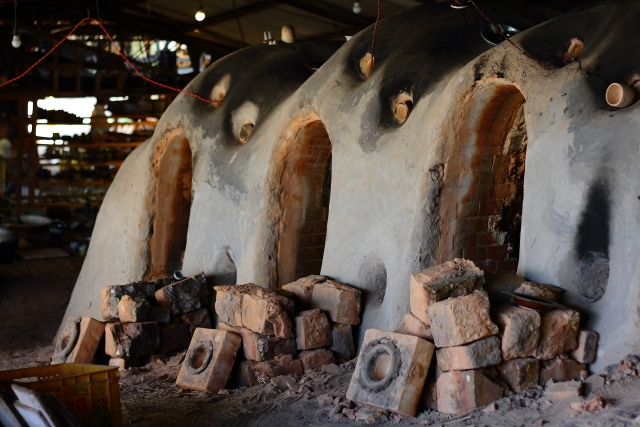 © photoAC 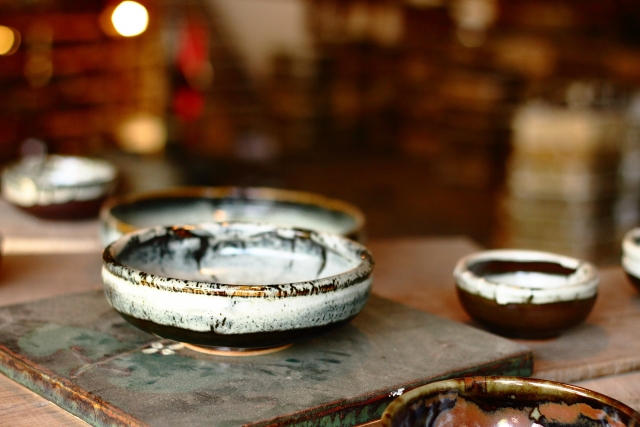 © photoAC 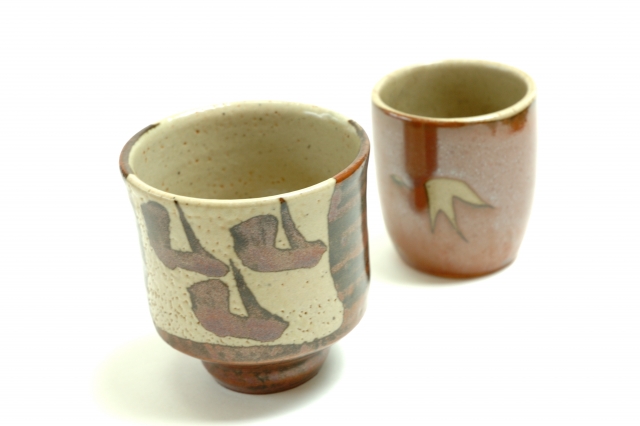 © photoAC 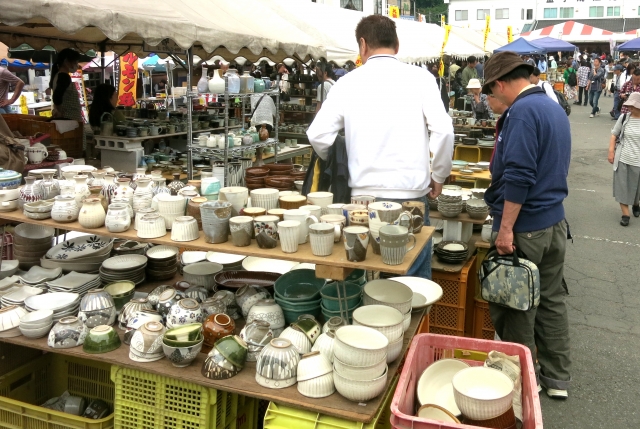 © photoAC 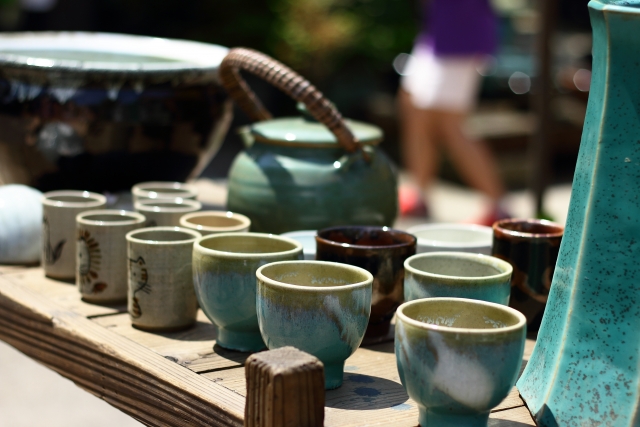 © photoAC |
|
Hamada was committed to using only local ingredients in his work—he would not only use local clay for the body of his pottery pieces, but also used only local materials to create glazes and brushes to decorate his work. He also began branching out from practical pieces, making more decorative pieces like vases and tableware; his intentions were to develop more awareness of ceramics as something that was both beautiful and functional. Many were unfamiliar with this concept at first, preferring to see beauty and function as separate as day and night but soon, they warmed up to the idea.
It is thanks to Hamada’s influence that more creative freedom can be seen now in modern Mashiko ware. His work modernising Mashiko ware and furthering the ‘Mingei’ Folk Art Movement in Japan also influenced young potters, many of whom were drawn to Mashiko as well. Hamada was extremely supported of these young artists, providing housing and hosting workplaces for potters—both from around Japan and abroad—and many even got the chance to bloom their talents under his apprenticeship. As a result, Hamada was designed a Living National Treasure by the Japanese government in 1955; this was a significant feat as this was the first time someone from the field of crafts has been deemed so by the government! Hamada’s legacy continues to live on in Mashiko: pottery continues to flourish in the town, which is home to over 300 potteries, facilities dedicated to ceramic art (such as the Ceramic Art Messe Mashiko and the Mashiko Museum of Ceramic Art), and biannual pottery fairs. The town Mashiko also maintains an open-mindedness to the art of pottery. Usually, one would have to be born into a family of craftsmen to become one, but in Mashiko, newcomers from any sort of background is welcome to learn the ropes of Mashiko ware. So, if you are interested to try your hand at pottery, why not pay a visit to the friendly town of Mashiko? | 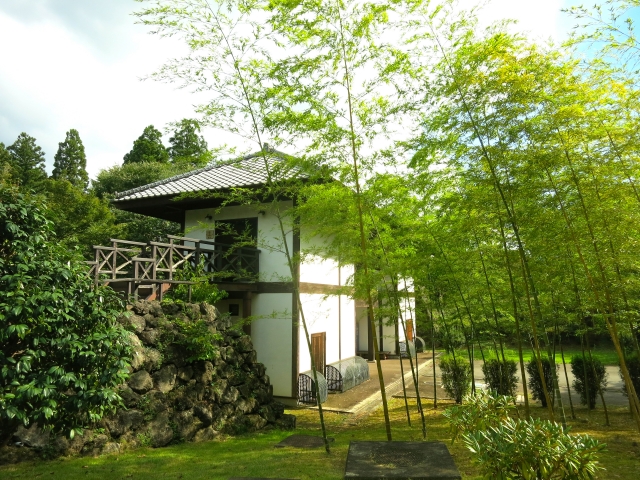 © photoAC 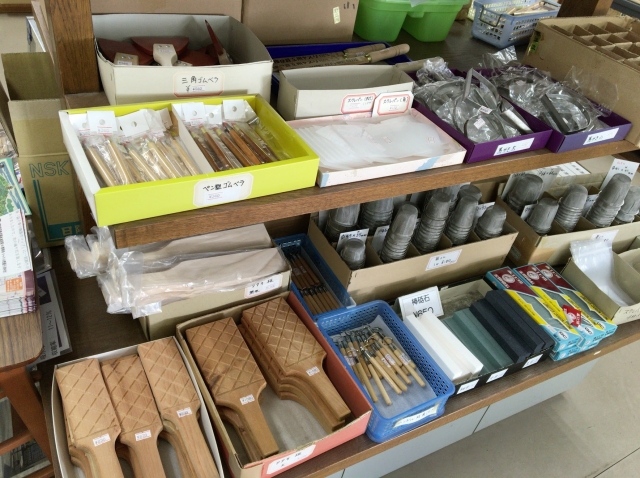 © photoAC 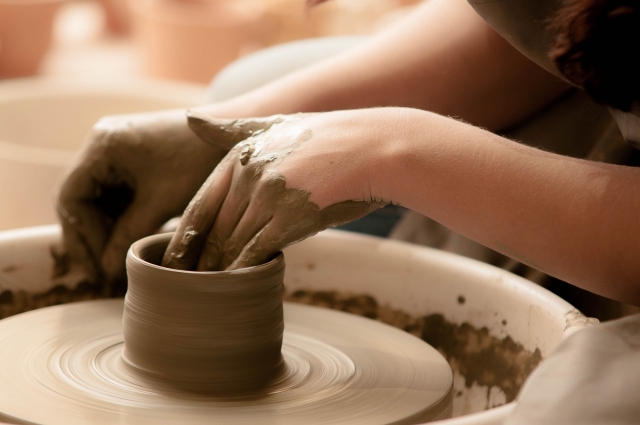 © photoAC |
Resources
|
Appreciating the Artistry of Mashiko Ware Pottery. Retrieved 19 October 2021, from https://wandertokyoaround.com/destinations/tochigi/art-culture.html |
|
Japan Creative Centre 4 Nassim Road, Singapore 258372 +65 6737 0434 / jcc@sn.mofa.go.jp https://www.sg.emb-japan.go.jp/JCC/ Nearest parking at Orchard Hotel & Delphi Orchard |
 |